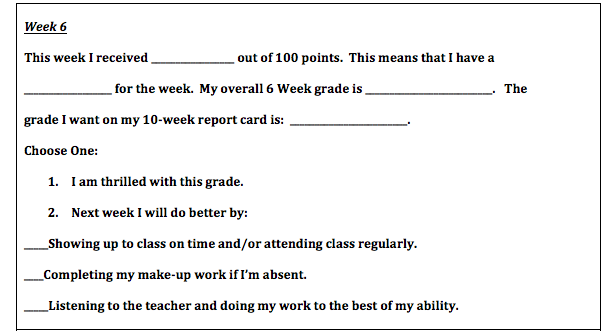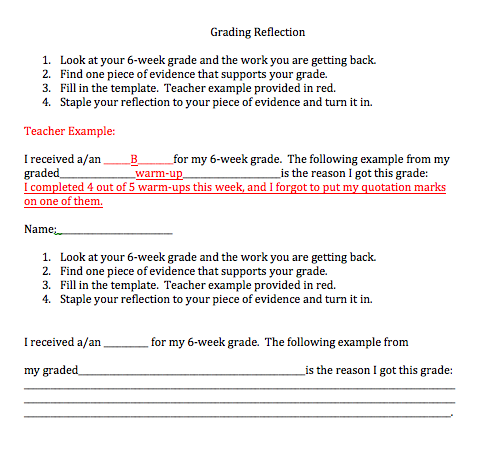|
At the end of the 2013-2014 school year, my class was selected to participate in a project with The Getty Center and The Teaching Channel. I have been using The Getty Center's Language through Art curriculum in my classes for the past three years. These lessons are fabulous. They allow students to learn and practice higher order thinking and analytical skills before applying these skills to complex written texts. This is especially beneficial for English language learners and/or struggling readers. The Getty Center has teacher workshops that are convenient if you live in the Los Angeles area, but they also post all of their resources online, so even if you don't live in the area you can take advantage of this wonderful resource by visiting: http://www.getty.edu/education/. Also, be sure to check out our lesson on The Teaching Channel in September. In addition to a video, the complete two day lesson will be available online.
0 Comments
For a while now, I have struggled with the fact that my students seem perplexed over the grades they receive. After a lot of tweaking, I think I have found a solution to this problem.
I really want my students to understand why they earn the grade that they do because I want to teach goal setting, goal achievement, and the fact that effort and outcome are intertwined. If they are surprised by their grade, believe it is somehow randomly assigned, or simply do not understand the criteria by which they are graded then the aforementioned messages are lost. We have 10-week grading periods, so I decided that I would give students 100 possible points per week to earn (this makes it easier if any of the misunderstandings are due to math). I collect grades every Friday, and first thing Monday morning we return graded work and students fill out their individual grading form (see picture above). They write in the grade for the week (out of 100). For example, "This week I received 75 out of 100 points. This means that I have a C for the week." Then, we also give them there cumulative grade for whatever week we are on. After this, students must fill in what they want their final 10-week grade to be and select what they will do to achieve that grade. Finally, there is one more accountability system: "Grading Reflection." I don't pass this out every week, only every once in a while (see sample below). Again, this helps students to see the connection between work quality and the grade they are receiving. They must select one piece of graded work that they are getting back and use it as evidence to support their current grade. Whether students have an A or F, this is an effective way to get them to take responsibility for their grade. |
Archives
November 2023
AuthorMs. Young is a teacher who wants to keep a record of what works! Categories |


 RSS Feed
RSS Feed